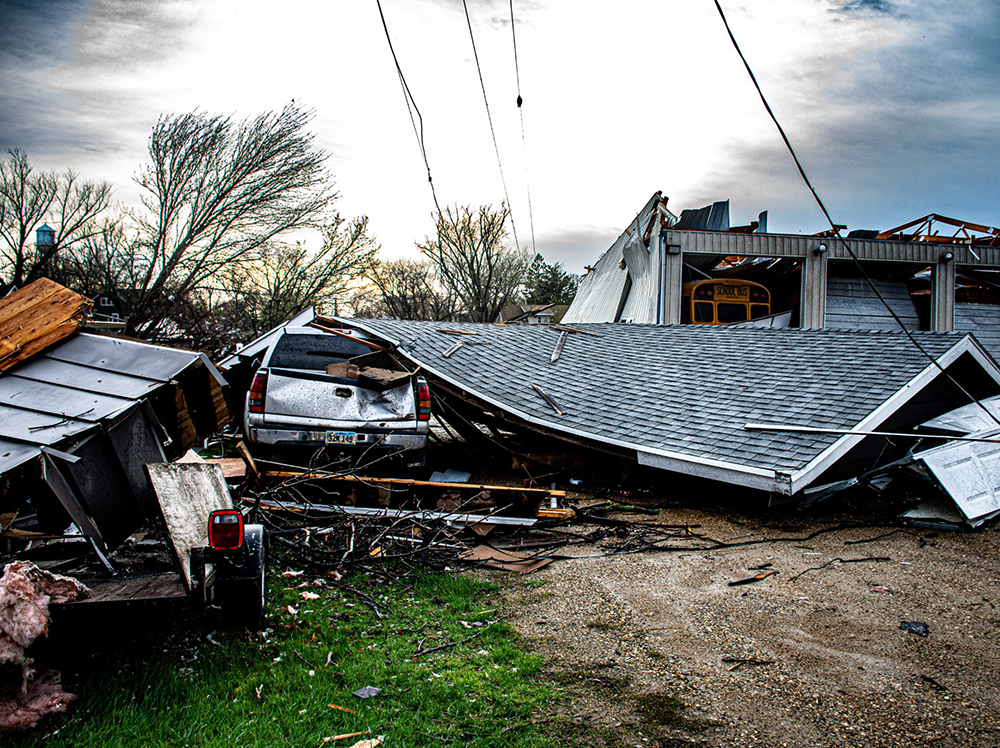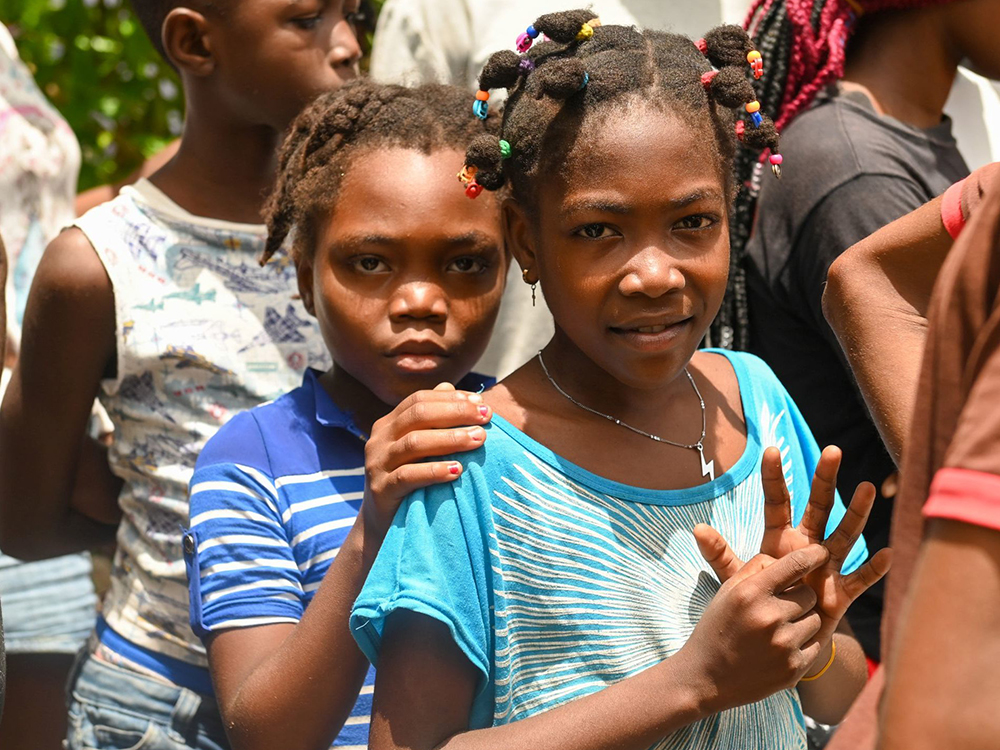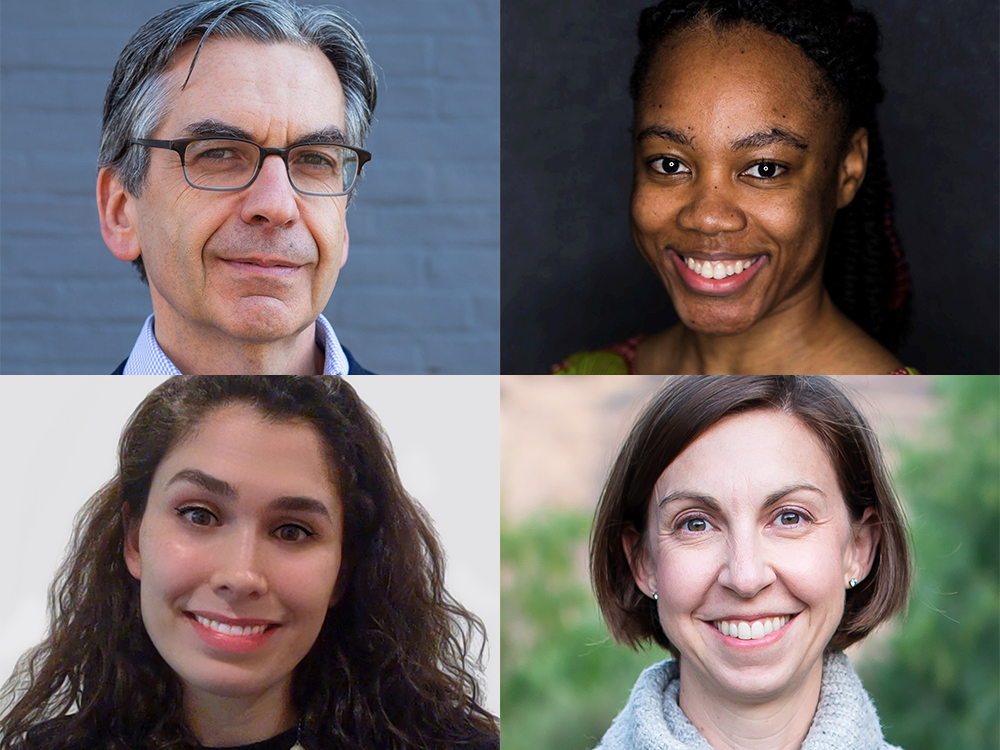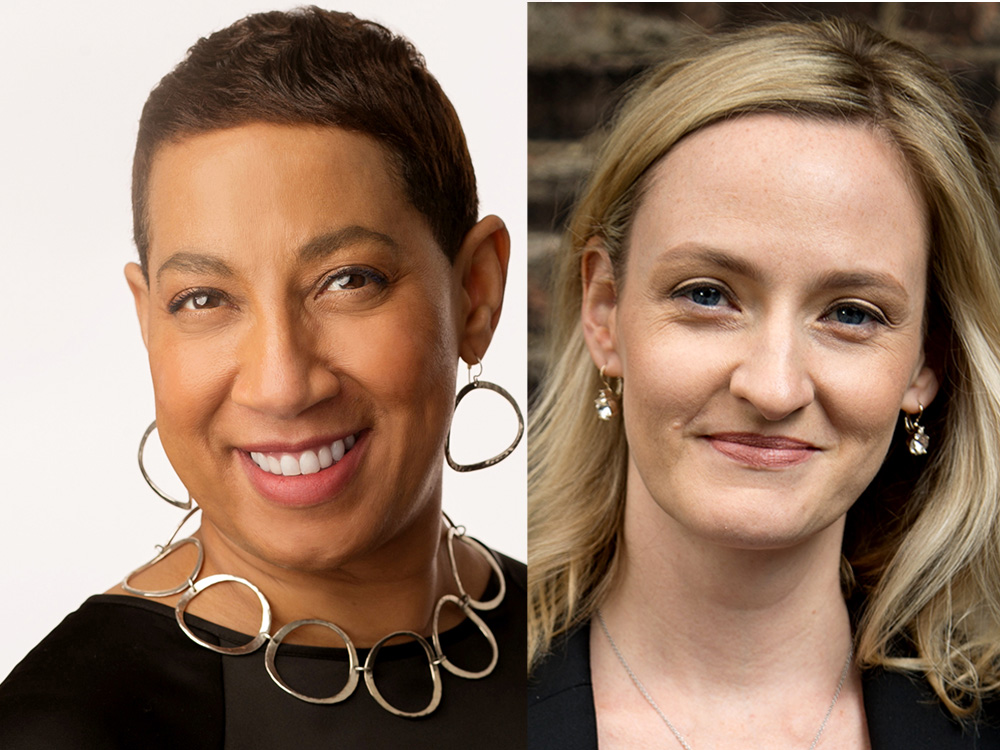Three Essential Ways to Provide Support for Community Rebuilding After Disasters

A disaster is not a moment in time. It is a process. In addition, disasters are not great equalizers. They disproportionately affect historically marginalized communities, low-income families, women, and children. Consequently, disaster occurs when the preexisting conditions that create vulnerability and the impact of the event itself exacerbate community needs and overwhelm their capacity to respond and recover.
In the immediate aftermath of an event, people need water, food, and shelter. In these early days, the urgency is palpable, and many want to give and assist. But once the debris piles disappear and the headlines move on to the next crisis or event, local nonprofits, faith communities, schools and civic organizations take on the burden of carrying a community towards recovery.
In the weeks to months after an event, I have met with many nonprofit leaders who are stuck and unsure of the next steps. Some have spent all their donated dollars in the first month and are starting to see that their needs have yet to be met. Others are waiting for government resources and are unsure of how to find the resources for long-term recovery that the government won’t or can’t provide. Often, they are tired and ready to return to normal, but I have to bring the news that this isn’t going to be over soon and attempt to balance that with encouragement and a vision of what recovery can be.
The Center for Disaster Philanthropy (CDP) defines recovery as more than the restoration of structures, systems, and services. Although these are critical, it’s also about addressing sources of inequitable and unjust, and individuals and families being able to rebound from their losses and sustain their physical, social, economic, mental, emotional and spiritual well-being.
Balancing urgency with thoughtful, strategic giving can be challenging but is critical for equitable recovery. Here are some ways funders can approach disaster funding in a world with new weather or climate-related disasters daily. Underlying all this is the value that we must center and prioritize historically marginalized communities and continue to learn from and follow the lead of underrepresented and underserved communities for when, where and how we support and fund.
Fund early recovery
It takes time for the mechanisms and systems of recovery to get started. In that time before the restoration begins, confusion and disillusionment can set it. It still feels like the world is on fire, and it’s here when we can rush to temporary solutions and fund Band-Aid approaches that become permanent problems and further widen disparities.
We can fund some critical pieces in this in-between stage that can set a community up for success. For CDP’s Midwest Early Recovery Fund, these needs center around organizing community coalitions or long-term recovery groups and recovery coordination. We fund disaster case managers or navigators to work with each household and help them steer through the complex aid and assistance systems. We also support the collection of data and stories to help communities understand their needs better and develop recovery strategies.
This stage is about identifying and supporting the people, resources and connections that are needed to begin and sustain recovery efforts and address inequitable outcomes.
Fund mid- to long-term recovery
This stage requires cross-sector, inclusive engagement to ensure holistic recovery. It’s about balancing the hyper-local community approach with the expertise and resources available outside the community.
As funders, as much as possible, we should provide flexible, multi-year grants and balance general operating support with programmatic or project-specific needs. For example, many of our grantee partners need the ability to employ additional staff to do outreach or work directly with clients. They also require funding to help them keep the lights on, sustain fundraising efforts and provide a healthy work environment for their entire organization.
We must also address preparedness, mitigation and adaptation efforts. Ideally, we are doing that before a disaster occurs and working to reduce impacts by addressing inequity every day. However, recovery tends to heighten the sense of need and open doors for conversations.
Our funding in recovery should address the current conditions and consider future shocks and stressors. It requires us to listen to each other as funders, understand where we can complement funding and fill gaps that others can’t.
Fund courageously
PEAK’s Principles call us as grantmakers into courageous practice. Disaster philanthropy requires additional courage; it requires us to tie our practice in with our values amid pressure and chaos. We must operationalize our commitments to equity and narrowing power gaps before and as we engage communities We must constantly learn and evolve.
We can no longer only react to disaster events as they get our attention and provide quick solutions that don’t begin with community engagement and deep listening. Our efforts need to be about building community capacity, addressing vulnerability and grounding our work in equity and justice.
Funding courageously looks like pausing and listening, taking measured risks, remaining flexible to meet the emerging and changing needs of recovery. For me, this looks like intentionally paying attention to communities that are historically marginalized, don’t have equitable access to resources, and experience disasters that do not make the headlines.
A recent example of this is Trumann, Arkansas, impacted by a tornado in December 2021. After an assessment of needs in Arkansas, which included analyzing data on community demographics and deeply listening to community members at all levels. During this initial engagement, we discovered that the community needed a paid recovery coordinator, a gap which CDP could fill. The challenge became finding a nonprofit organization that could take on this role and funding. After identifying a small, community-led nonprofit an initial grant was made to the Community House Foundation five months after the tornado. This has catalyzed recovery efforts in the community by helping them start a community coalition or long-term recovery group. Through this capacity building the community has leveraged resources to sustain assistance to households as they rebuild their lives. As their needs continue to emerge and evolve, other needs and gaps have surfaced. We will work to meet either through direct funding, assistance navigating the complex and often opaque systems of recovery, or connection to other funders and resources.
I invite you to consider how you and your organization think about and respond to disaster. What is your strategy and how will you align your funding with your values and center equity? How will you balance urgency with strategy? CDP’s website is full of resources to help you reflect on these important questions.
When I engage with communities, I get the chance to meet the best of humans advocating and building communities through some of the most challenging circumstances. I’ve learned a lot about balancing urgency with strategy from them. Providing sustainable aid is more than quick solutions. It’s about relationships, listening and addressing systems. From them, I’ve learned that disaster recovery is not about returning the community to what it was before or even building back better. Instead, it’s about addressing systems of inequity, advocating for change, and reclaiming hope.



